SOWoods
Planting a Micro-Forest
SOWoods
Planting a Micro-Forest
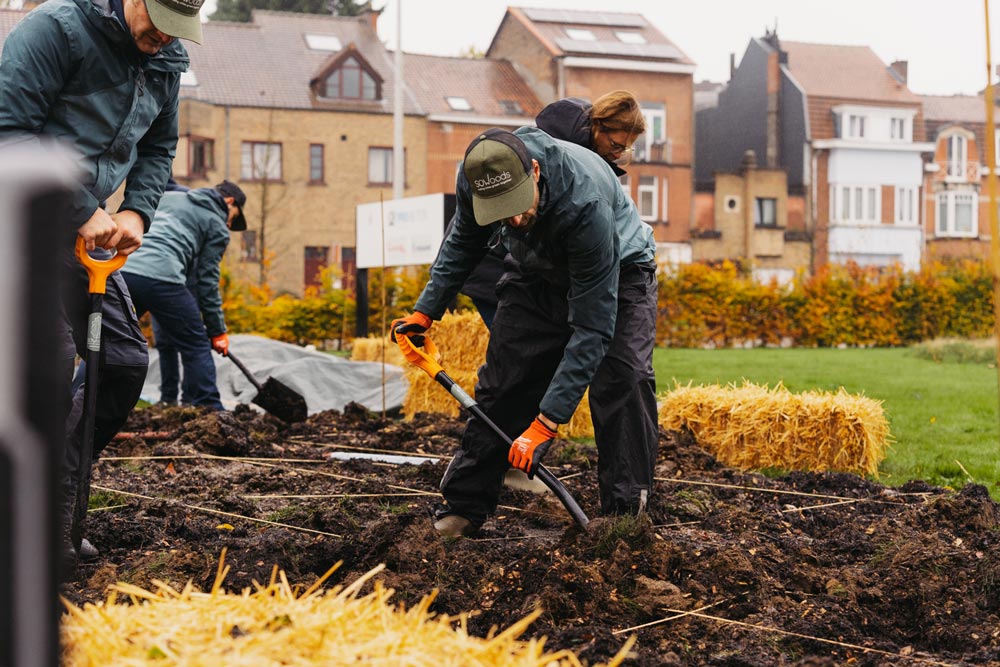
What is a Miyawaki Micro-Forest?
This method involves planting a diverse range of native species. The trees are planted close together, which stimulates them to grow very quickly. By planting in this way, such a forest can reach its mature size in just 20 years, compared to a century through natural regeneration, and bring a very diverse biodiversity in a short time. This method has proven effective and is used around the world, notably because it is carried out in a participatory manner.
A micro-forest is a collection of fifteen to thirty species of trees planted on a small area using the Miyawaki method. This “forest” is very dense, with about 3 trees per square meter. The goal is to restore a true place for nature in the city, bring back biodiversity, and make our (peri-)urban spaces more resilient to climate change. It is a rapid urban reforestation solution.
Our Concept
The SOWoods Micro-Forest, Your Micro-Forest
Gathering a community
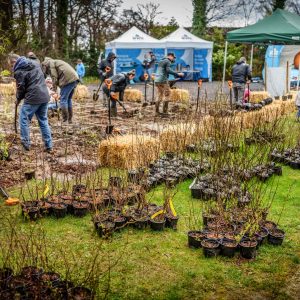
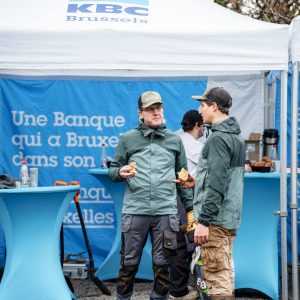
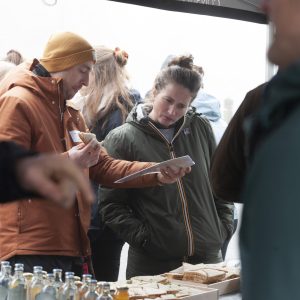
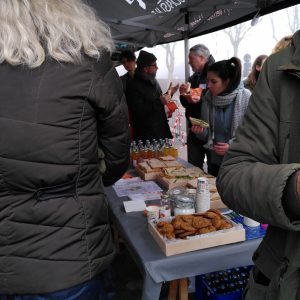
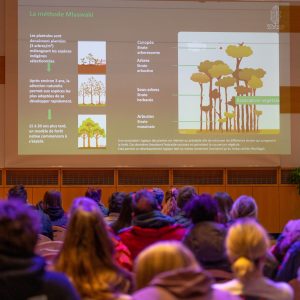
Creating a neighborhood, village, or community project around a micro-forest, or even a team-building activity that fosters connections between your teams while engaging in something meaningful.
Creation of a custom event
To make this day a complete experience. An educational and enjoyable activity where we explain the Miyawaki method, its benefits, and how to use it effectively. In addition to planting, it is also possible to include catering, entertainment, eco-friendly goodies, and more.
Bringing nature where it makes sense. At the heart of your environment:
- In your company or operational site.
- On a public land in your municipality or region.
- On a parking lot or under-utilized paved area waiting to be de-mineralized.
- In your garden at home.
- Anywhere it’s possible and where it makes SENSE.
A participatory planting
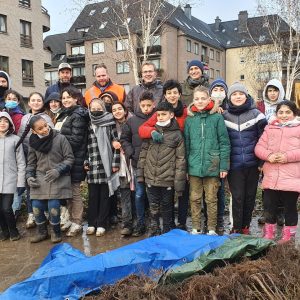
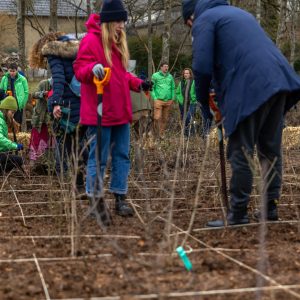
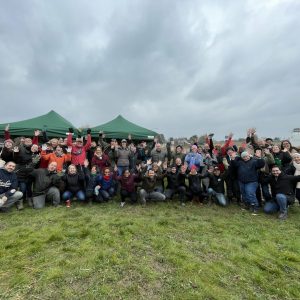
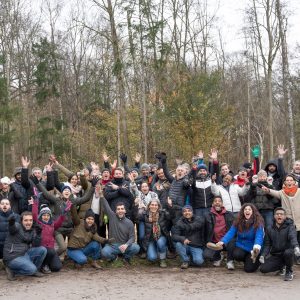
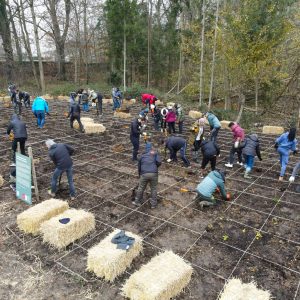
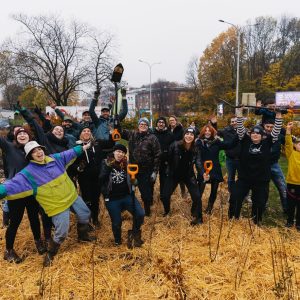
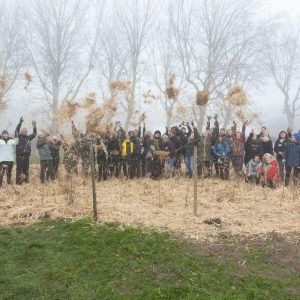
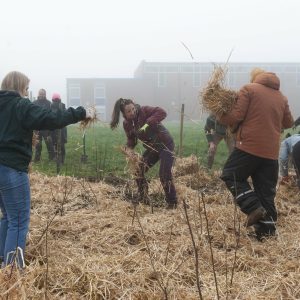
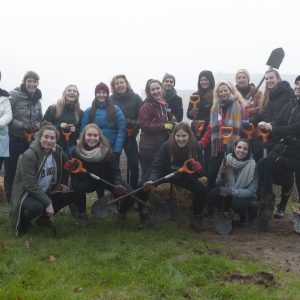
Join with your community, colleagues, clients, students, neighbors, and others to participate in planting a micro-forest for a day or half-day. SOWoods’ approach is not just about planting trees; we want these urban forests to have meaning, and for participants to feel involved in what they are doing. This helps everyone to connect with the Miyawaki micro-forest.
To achieve this goal, we invite you to be active participants in the planting. You will be planting with us, getting your hands in the soil, and understanding why and how we plant according to the Miyawaki method. It’s a collective dynamic that is enriching and satisfying for everyone!
De-mineralize over-urbanized spaces
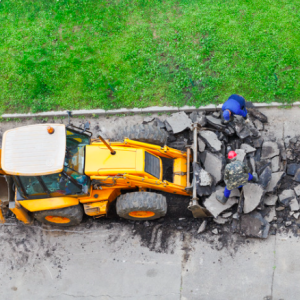
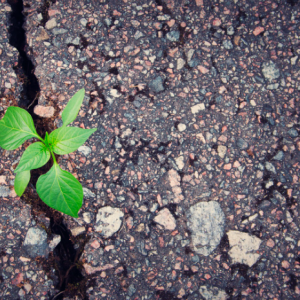
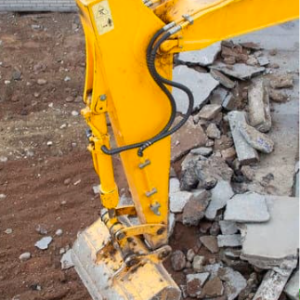
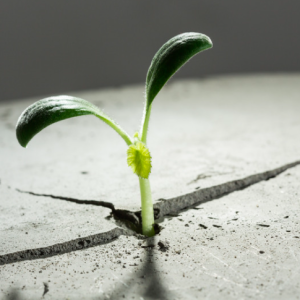
The micro-forest can quickly replace parking spaces, part of a playground, or permeable areas that have no direct use and contribute to the urban heat island effect. By de-mineralizing this space, even if it’s just a few square meters, and planting a micro-forest, you can make a real impact at the local level.
The benefits of a Miyawaki micro-forest:

They become a place that can host a wide variety of plant and animal species, increasing local biodiversity.

Miyawaki micro-forests effectively absorb and store carbon dioxide. Therefore, micro-forests are a crucial ally in the fight against the increase in greenhouse gases.

These micro-forests create microclimates that help regulate local temperatures, reducing the effects of urban heat islands.

Miyawaki micro-forests are extremely diverse and resilient, capable of adapting to environmental changes.

Access to green spaces improves physical and mental health, encouraging active and healthy lifestyles.

Planting projects often involve the community, strengthening social bonds and the sense of belonging.

The presence of greenery and nature in urban environments has been proven to reduce stress and improve the mental well-being of residents.

The presence of micro-forests can increase the value of nearby buildings and make neighborhoods more attractive.

Certain species planted can provide fruits, nuts, and other foods, contributing to local food security if there’s a local need. Additionally, they offer food to local wildlife, which will come to shelter and feed in the micro-forest.

Once established, these forests require minimal maintenance, as they are capable of regenerating and sustaining themselves autonomously

Micro-forests absorb rainwater, reducing runoff and erosion while enriching and regenerating the soil.

Micro-forests can absorb various pollutants, including fine particles and heavy metals, contributing to a cleaner environment.

Trees produce oxygen, which is essential for the respiration and quality of life of urban residents as well as animals.

They serve as natural barriers against wind and reduce noise pollution, improving the comfort of residents in some cases.

Trees filter atmospheric pollutants, improving air quality and making urban environments healthier.
A micro-forest with SOWoods – In practice
- A site provided by you
- A site provided by a SOWoods partner
- Soil sampling & analysis
- Selection of trees
- Providing the trees
- Providing amendments (used to regenerate the soil)
- Soil preparation
- Providing mulch
- Preparing the site for the planting day
- Providing planting equipment
- Facilitating the planting
- Explaining the Miyawaki method
- Assisting participants with planting
- Providing & installing protections around the planting area, including trees (stakes, barriers, etc.)
- Catering on the planting day
- Photographer/videographer to capture the experience
- Providing a display board in front of the planting area
- An Insect Hotel from our partner Betterfly: The BetterflyHotel
- Eco-friendly goodies
- Monitor the micro-forest’s progress and maintain it for a minimum of 2 years
- After that, it will become self-sufficient and can develop without human intervention


